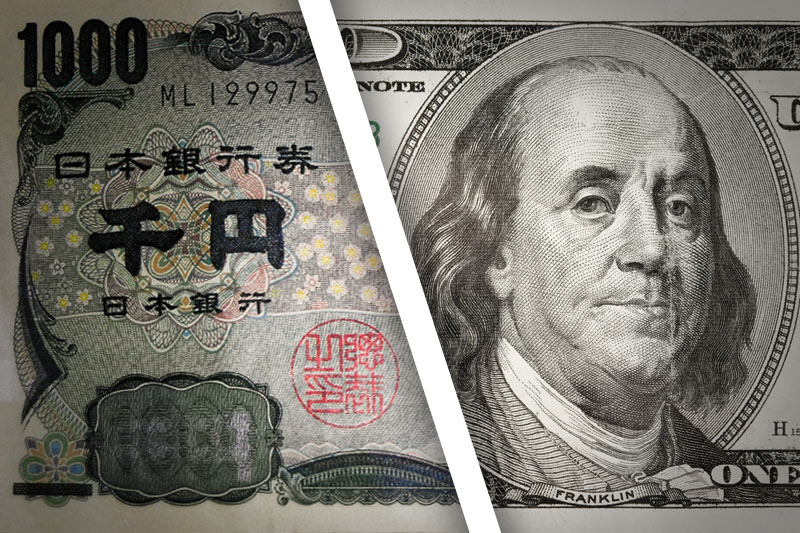Investing.com -- USD/JPY surged on Tuesday completing a massive two-day rally, upon confirmation that former Federal Reserve chair Ben Bernanke met with Japan prime minister Shinzo Abe to discuss ways to help one of the world's top economies avoid deflation.
The currency pair soared in Tuesday's session, reaching two-week highs of 104.98, before inching down to 104.75 at the close of U.S. afternoon trading, up 1.89% on the day. Since Abe's Liberal Democratic Party (LDP) triumphed in a landslide upper house election over the weekend, the U.S. Dollar has soared more than 4% against the Yen, nearly returning to pre-Brexit levels from late last month. The Yen is still up considerably against its American counterpart over the last month, as investors have piled into the safe-haven currency to hedge against extreme volatility in global financial markets.
USD/JPY likely gained support at 99.08, the low from June 24 and was met with resistance at 107.28, the high from June 10.
Foreign exchange traders remained focus on economic developments in Tokyo on Tuesday, where Bernanke met with Abe for approximately 30 minutes at the Japanese prime minister's office, according to multiple reports. The discussions followed lengthy speculation that the former head of the U.S. central bank had plans to craft a strategy for bringing "helicopter money," to Japan in a last-ditched effort to help stave off deflation nationwide. The concept of helicopter money involves large scale printing of money by a central bank that is distributed to the public as a way for helping stimulate the economy. Koichi Hamada, one of Abe's top advisors, told the Wall Street Journal that prospects for including helicopter money as part of a large-scale easing initiative may have been discussed at the meeting.
Bernanke left the meeting without speaking to reporters.
"Mr. Bernanke said Japan should boost nominal gross domestic product with fiscal policy and, in coordination with that use monetary policy since the BOJ has various means available to ease policy," a Japan government spokesman told reporters outside the meeting.
Following the LDP's resounding victory, Abe outlined a ¥10 Trillion ($98 billion) stimulus measure aimed at jumpstarting the economy, including a proposal to fast-track construction on a series of high-speed trains throughout the nation. At the same time, Abe's cabinet projected lowered its full year consumer inflation outlook to 0.4% for the fiscal year ending next year, down from previous estimates of 1.2%, Japanese government sources told Reuters. The Japanese prime ministers appears ready to utilize all "three arrows" of his comprehensive Abenomics' economic plan to help defeat inflation. The plan consists mainly of easing, stimulus and structural reforms.
Elsewhere, Federal Reserve Bank of St. Louis president James Bullard reiterated his position that current economic conditions deem it appropriate for the U.S. central bank to raise short-term rates only once over the next two years. While delivering a speech in St. Louis, Bullard noted that a flattening yield curve from plummeting long-term U.S. Treasury yields does not necessarily imply signals of an imminent recession. In the wake of last month's Brexit decision, government bond yields worldwide, including those on U.S. 10-Year and U.S. 30-Year Treasuries have plunged to all-time record lows.
Yields on 10-year Treasuries surged more than seven basis points for the second consecutive day in broad risk-on trade. On Wall Street, the Dow Jones Industrial Average and the S&P 500 Composite index both closed at all-time record highs.
The U.S. Dollar Index, which measures the strength of the greenback versus a basket of six other major currencies, fell more than 0.40% to an intraday low of 96.08 before rallying to 96.55 at the close of U.S. afternoon trading. Despite a recent upturn, the index is still down more than 3% since early-December.
